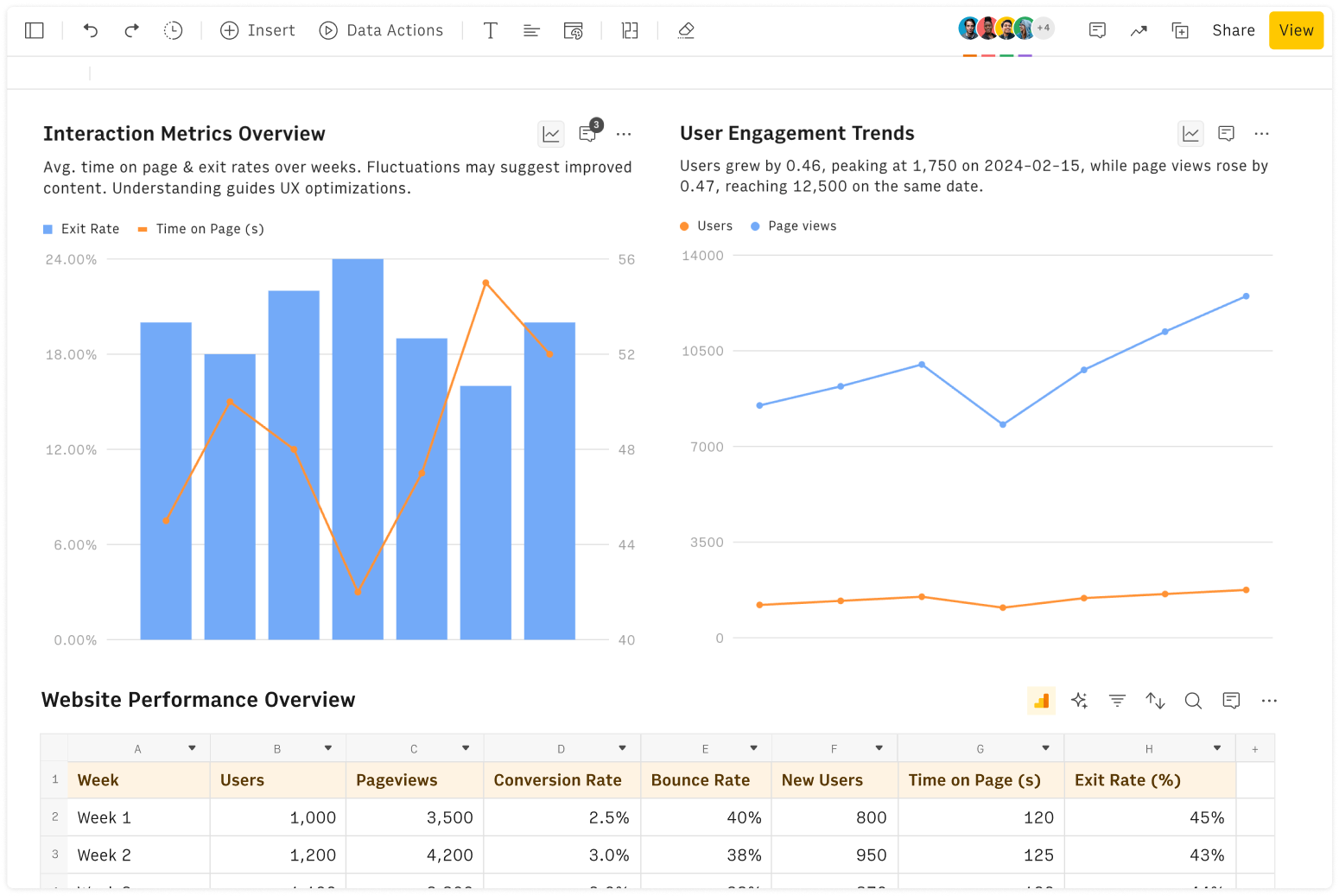A log calculator is a mathematical tool used to calculate the logarithm of a given number. Logarithms are a type of mathematical operation that involve taking the power of a certain number.
The log calculator is used to find the logarithm of a given number in a given base. The basic form of logarithms was first developed in the 17th century by John Napier and created to simplify the calculation of powers of a number.
The formula for calculating logarithms is log base x = y, where x is the number and y is the power of that number. For example, if we want to calculate the logarithm of 10 in base 2, we can use the formula log base 2 of 10 = 3.32. This means that 10 has a power of 3.32 in base 2.
In a practical example, let’s say we want to calculate the logarithm of 1000 in base 10. To do this, we will first enter 1000 into the log calculator and then select base 10 as the base.
The calculator will then output log base 10 of 1000 = 3. This means that 1000 has a power of 3 in base 10. In other words, 10 to the power of 3 is 1000.
Log calculators are used in a variety of applications, such as scientific research, engineering, calculus, and mathematics. In business, they are commonly used in finance and economics to calculate the return on investment, or ROI, of a given investment.







